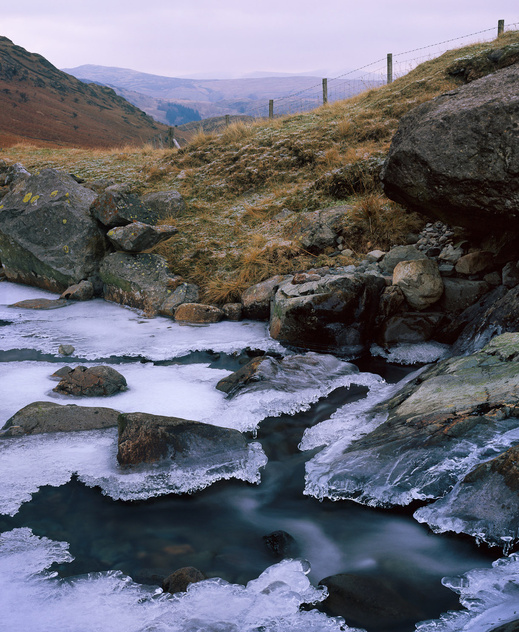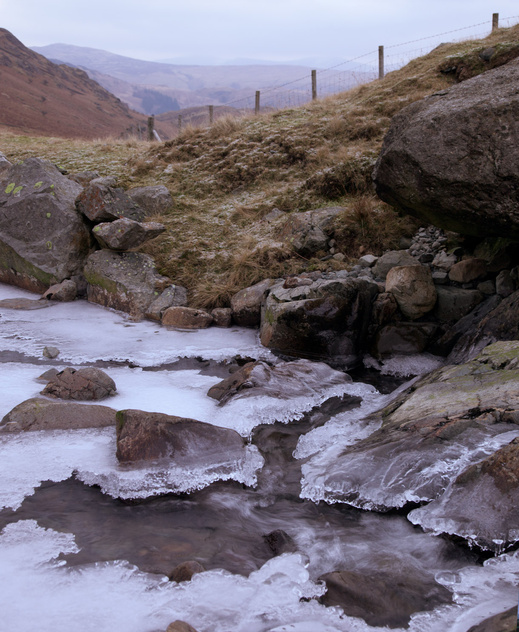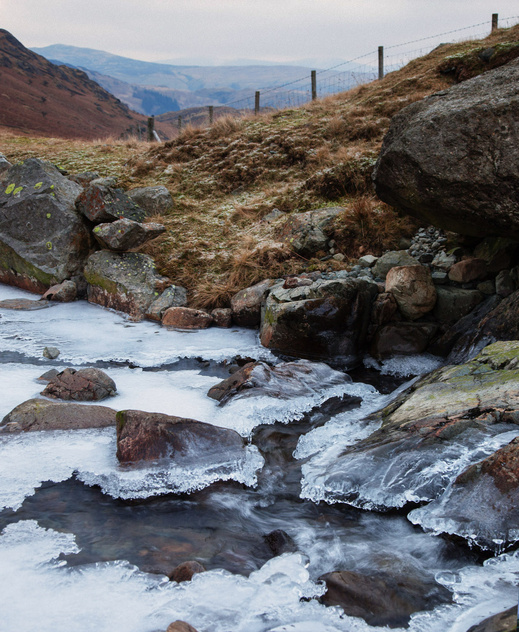Is Velvia just Saturation – A Response to ‘Velvia Dissonance’
Yesterday Guy Tal wrote a blog post about the “The Velvia Dissonance” where he says that Velvia is redundant and offers no advantage over digital capture. Along the way he mentions that it is terrible for scanning and is effectively ‘instagram for lazy photographers’.
He also berates the ‘transparency is sacred’ commandment, bemoaning the lack of creativity of a canned colour profile. I sort of agree with the fact that treating the transparency as inviolate seems limiting however if some people wish to concentrate on composition, timing, artistic expression before capture and like the rendering of Velvia – why not. Just as there is nothing wrong with deciding that a transparency needs no improvement, in many cases an artistic hand can improve things massively (I would go as far to say ‘in most cases’ in my opinion).
“Enough of the agreeing already!” I hear you cry. So, s you would expect, I disagree with the premise that ‘better emulsions were introduced more than a decade ago’ as it depends on what you mean by better. Fuji Velvia did something that other films couldn’t and although saturation was part of the puzzle, it wasn’t the whole of it – as anybody who has tried to make a ‘velvia plugin’ would agree (and it seems most Velvia plugins just add saturation and contrast – very simplistic).
Velvia’s trick is to do more with separation of colour tonality than saturation – it has the ability to take a low contrast scene and add pizazz that no end of digital sourced simulation can manage. And in these days of good scans, the sacrosanct transparency can be just a start.
For instance, I just shot this image in the lake district and whilst the composition isn’t particularly interesting, at least it demonstrates how Velvia does this tonal separation. 
Of particular note to me are the neutral highlights in the ice and on the rocks and the way the rocks have a neutral to green tone (green caused by lichens) and the hillside and sky has a beautiful twighlight cast. Now here’s the 5Dmk2 version straight out of the camera
and with the ‘Alien Skin Exposure’ simulator plus some colour tweaking to try to get a similar colour overall without making any individual parts look ‘wierd’
Now obviously this is taken with a shorter shutter speed but ignore the water for a bit I for one much prefer the Velvia version. Even with half an hour of tweaks using the Velvia as a reference I get something that works OKish on first glance but still doesn’t have the punch of the Velvia. (if anybody wants to play with the digital original – here’s the raw file. I’ll be happy to publish people’s interpretations)
Guy also makes a point about Velvia being a crap film for scanning. Well, if you don’t have access to a good scanner it is but if you can drum scan or use a Nikon 9000 or Imacon it’s perfect. The tones spread across the whole dynamic range of the scanner, it’s almost like the film is tuned to the best DMax scanners can get. And if you’ve seen some of the post processing videos in ‘On Landscape’ you’ll see just what an expert (Joe Cornish) can do with a colour transparency scan.
It’s no surprise that a lot of people are playing with film again – they see something unique and different in it, not necessarily better but perhaps something that is not possible to capture in any other way. Guy mentions that perhaps it deserves a place in the history of photography alongside glass plates – well, like glass plates, Fuji Velvia will deserve both a place in history and in the hearts of many contemporary photographers who are doing unique things with it. (oh – and as for glass plates – Just check out Sally Mann, France Scully Osterman & Joni Sternbach and various other contemporary photographers whose work is probably irrelevant). It’s a shame we won’t be able to use these colour materials in another few decades unlike the above mentioned.
So – I cannot agree with the premise that Velvia was just about saturation. Perhaps that is all many photographers saw it as but for the majority that I know it’s a unique starting point to express an artistic vision.
Tim


14 Responses to “Is Velvia just Saturation – A Response to ‘Velvia Dissonance’”